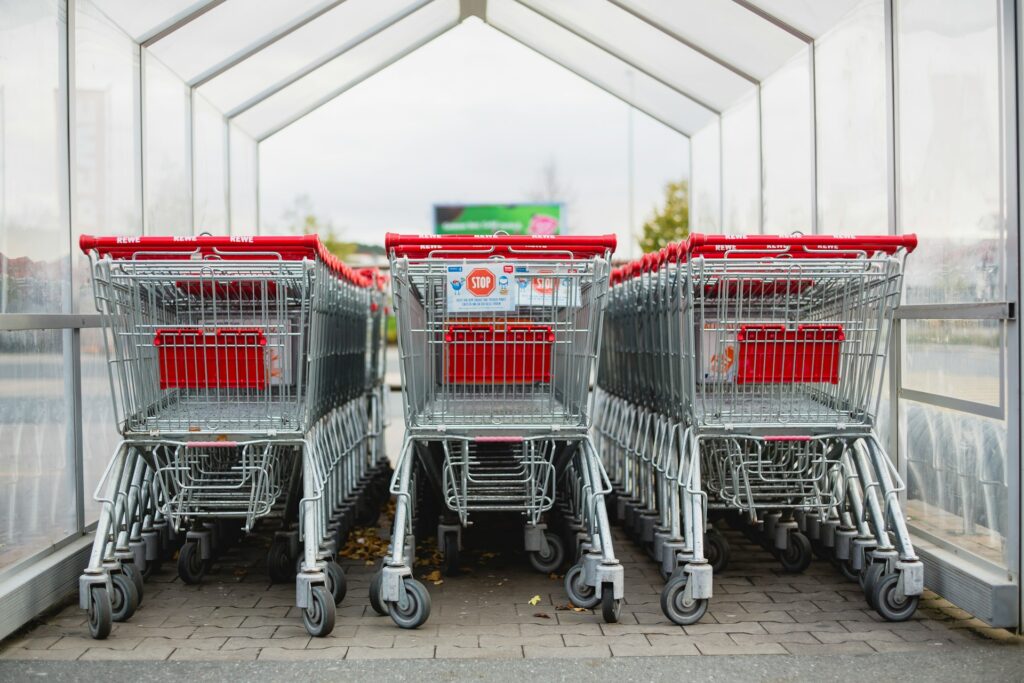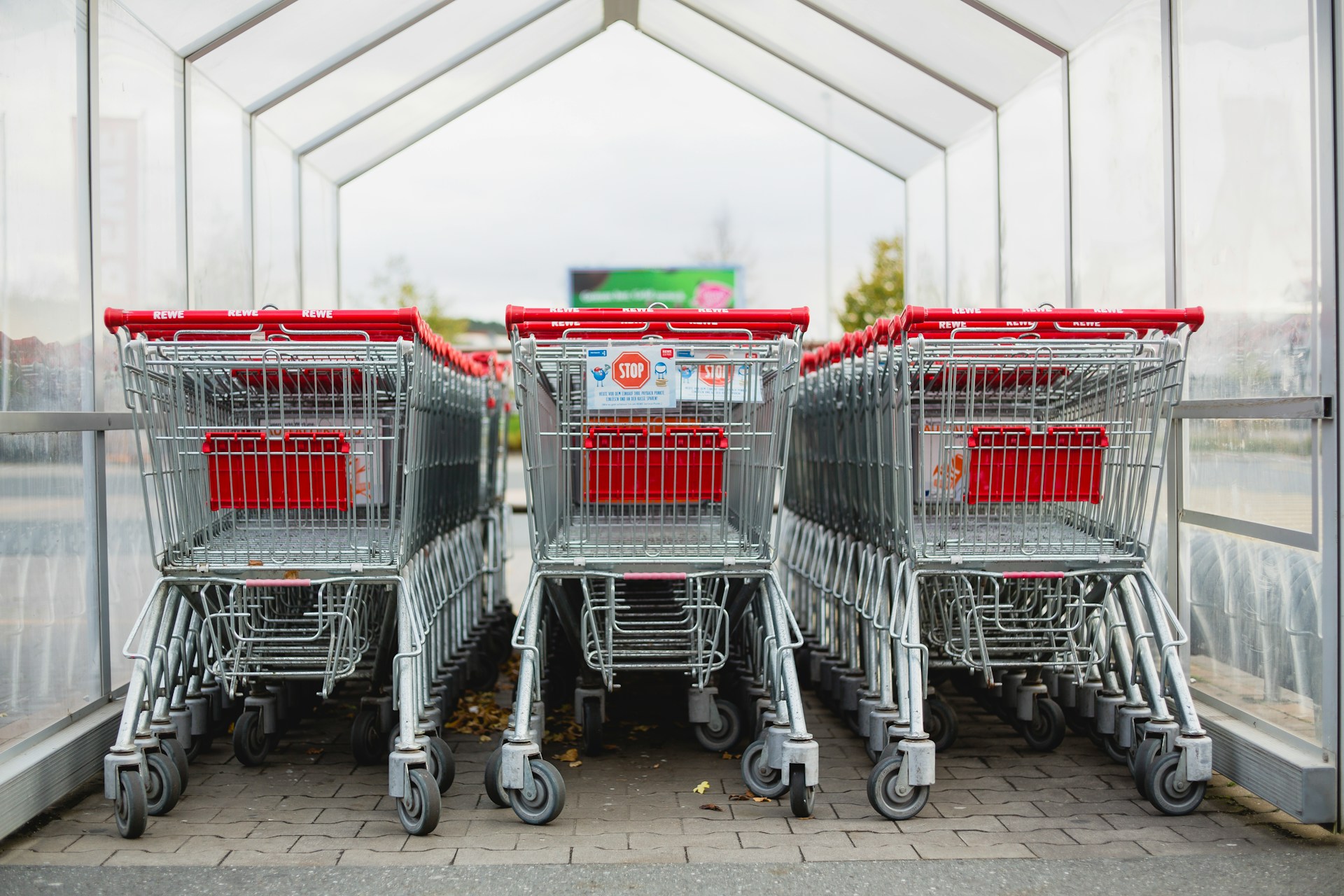Retail media opportunities for non-CPG brands
Retail media networks are advertising platforms and tech offerings created by a retailer that allow brands to promote their offerings using ad placements or by targeting the retailer’s ecosystem. Major retailers such as Amazon, Walmart, Target, and Kroger are prominent players in this space.
Retail media networks typically offer two key solutions: on-site and off-site advertising. On-site retail media refers to ads displayed directly on the retailer’s website or app. But what if a brand’s product or service isn’t directly tied to a specific retailer? This is where off-site retail media comes into play, offering a valuable solution for non-endemic (non-CPG) advertisers.
What is off-site retail media?
While on-site media runs ads on a retailer’s website, off-site media allows brands to leverage a retailer’s first-party shopper data to reach their audience across the open web. Using the retailer’s first-party data, brands can connect with shoppers on various sites, apps, and streaming services, providing vastly greater reach than on-site ads alone.
Off-site retail media focuses on data-driven targeting — meaning brands can leverage retailer data to run on a variety of ad types such as connected TV, online video, display banners, native ads, and more. This enables brands that don’t sell their products at a specific retailer (non-endemic brands) to tap into highly valuable consumer insights.
How retail data are made
One of the key advantages of retail data is that they are future-proofed against cookie deprecation. How? They are built from a seed of sturdy deterministic identifiers, such as retailer loyalty cards information and both in-store and online purchase history.
But if you’re a brand who doesn’t sell on a retailer’s shelves, you might be wondering “why would I care about using shopping-based data anyway?” Quite simply, you are what you buy. Retailers know this better than anyone, so their retail media networks use their first-party shopping data to group similar consumers into easy-to-digest categories for brands to utilize — like new parents, auto enthusiasts, movers, healthy eaters, and deal seekers — therefore making it easy for brands to creatively reach their target audiences.
Let’s say your brand does not think it needs to target shoppers of inexpensive room decor, futons, or mini fridges. At face value, purchasers of those items separately may not sound like your audience. But those data signals can easily identify someone as a college student, and that may be exactly who you are trying to reach.
Or what if you are looking to reach a consumer with a higher household income? Rather than only utilizing third-party data segments identifying household income, brands could utilize retailer data that group together shoppers who are purchasing luxury goods or high-ticket items, so the retailer is able to identify them as someone with more discretionary income and likely a high household income as well.
Utilizing off-site retail media to its fullest extent will require a bit more outside-the-box thinking when it comes to reaching a brand’s target audiences, but the high-quality nature of the data should make it something that is considered in every brand’s planning process.
Programmatic capabilities for non-endemic brands
So, how does a non-endemic brand activate retailer data in their audience targeting? It varies by retailer, but there are generally two key scenarios:
- Scenario 1: Some retailers control both the targeting and inventory within their ecosystem. For example, Amazon makes its first-party data and their owned & operated inventory properties (Prime Video, imdb.com) available only when a brand runs directly within the Amazon DSP (demand-side platform) or Amazon Ads platform
- Scenario 2: Retailers make their first-party data available to a DSP without having to utilize a retailer-specific platform. For example, Target and their media offering, Roundel, can send first-party data segments into a DSP like The Trade Desk for a brand to utilize. Retailers that do this make it easier for a brand or their agency to utilize these data, as the DSP being used for other targeting methods can easily activate the retailer data as well
While audiences built with retailer data can be more fragmented compared to non-retailer data, the upside is that these audiences can be utilized across multiple ad formats — online video, display banners, CTV, native ads, and more.
What this means for marketers
Retailer data for non-endemic brands can be a valuable tool alongside other targeting methods like a brand’s own first-party data, third-party behavioral audiences, contextual targeting, and more. Retailer-provided data are yet another tool in the toolbelt for digital marketers, but they don’t need to be the ONLY tool. Non-endemic brands need not shift all their targeting into retail media, but should examine it, consider it, test it out alongside other data providers, and measure performance — finding what works best to drive performance for your brand.




